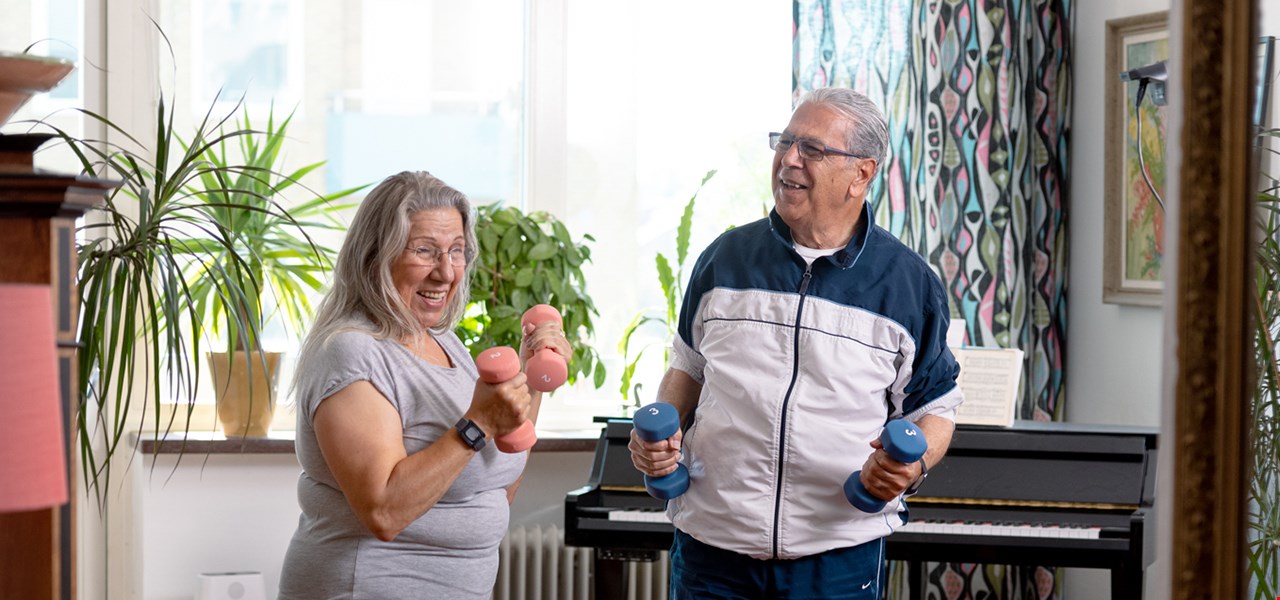-
Land
-
Zoeken

How digital social alarms contribute to the safety and independence of older people
For the first time in history, the total world population has more people agedover 65 than children under five. Demographic changes are bringing new challenges but also opening doors to new opportunities. One example is the "healthy ageing" industry. "Healthy ageing" is defined by the WHO as "the process of developing and maintaining the functional ability that enables wellbeing in older age".
Among other things, this includes a person's ability "to meet their basic needs and to be mobile". Healthy ageing has several physical benefits such as maintaining a healthy weight, protection against chronic diseases, and muscle and bone mass. It also allows the person to be independent, socially connected and generally happier and more relaxed; all of which contribute to better cognitive health. The products and services which support a person to remain active throughout their lifetime make up the healthy ageing industry. One example is social alarm systems which contribute to the safety and independence of many older people.
Social alarm systems (also known as telecare) were first introduced in the 1970s and are designed to detect and send alerts in threatening situations. They can be used in many ways – from security cameras to fall sensors and safety tracking watches.
An indoor alarm system consists of a base unit or a care phone, connected to the analogue telephone network or via the digital infrastructure in the home. An alarm button, which is worn on a necklace or around the wrist, is connected to the carephone. When a user presses the alarm button, an alarm is sent to an alarm receiving centre, home care staff, or a relative. Social alarms also have a speech function at the base unit that makes it possible for the person who raised the alarm to talk to the alarm receiver.
For an alarm system to work, everyone involved in ensuring the safety of a person must work in unison. If one of the components fail, the feeling of safety is lost. For example, if a person falls and the first line of action i.e., the primary caregivers are unaware, then critical action may not be taken in time.
Careium has been actively working with Swedish municipalities to understand if they've benefited from the change. Their responses have been positive. Continuous monitoring, instant updates, and lower costs are some of the benefits cited. It makes it even easier for people to continue living at home and independently for longer.
The feeling of safety is especially important in empowering one to partake in regular activities while giving family members peace of mind. Living at home also reduces the public cost of care. For people affected by a diagnosis for dementia, outdoor activities like gardening can keep the brain stimulated and help with better manegement of the symptoms.
Digital telecare: when healthy ageing upgrades from analogue (eng).